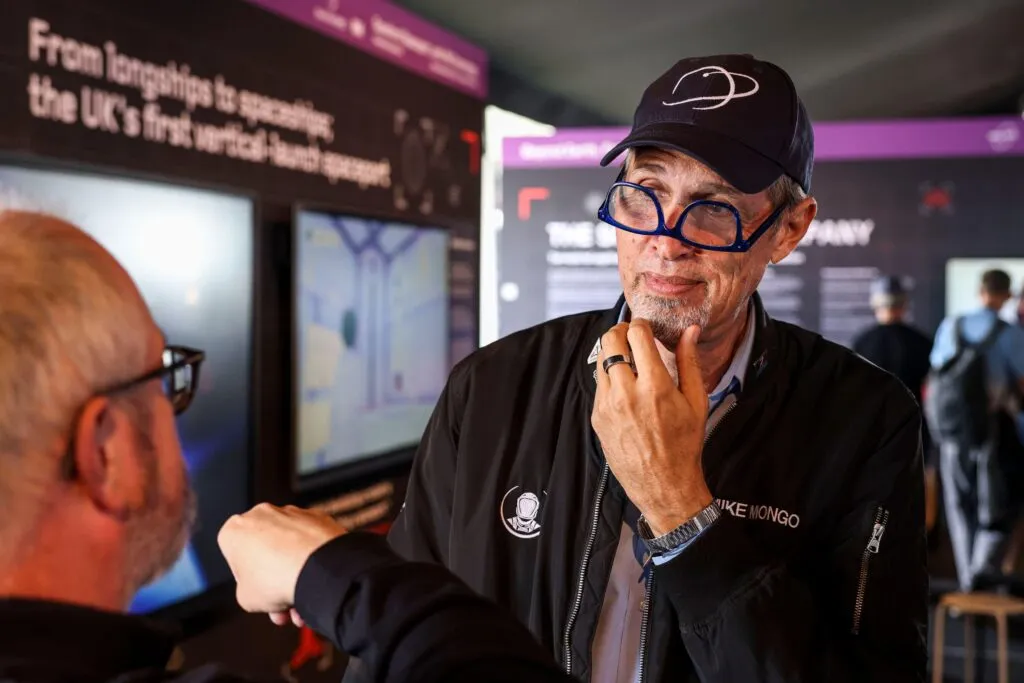Forget the clean, Hollywood vision of space exploration – or even the tropical launch sites of European missions. Instead, think luscious fields. Think heavy-lidded highland sheep. Think surprise burial sites. Because satellite launches? They’re about to go Scottish.
A series of new launchpads in Shetland, at Scotland’s northern tip, is forcing everyone to reimagine space centres. The SaxaVord Spaceport is the brainchild of wife and husband team Debbie and Frank Strang (the former RAF officers are chief operating officer and CEO of the company, respectively).
Instead of sloths stealing the show, as one did during the Jupiter Icy moons Explorer (JUICE) mission launch, SaxaVord will have to keep an eye on errant sheep. That’s according to astronaut trainer Mike Mongo who is working with SaxaVord to educate schools on space programmes in the UK.
“We’ll have to keep an eye on the sheep – as well as errant backpackers and hikers,” quips Mongo in conversation with BBC Science Focus.
Mongo and the Strangs plan to initiate launch traditions at their Scottish base. As well as SaxaVord, the Strangs own a gin company on Shetland and are hoping to create a new space-themed cocktail to celebrate each launch. One of the first will be the Buzz Ald-gin.
Mongo, meanwhile will be wearing space socks – which he’ll never wear again if the launch fails.
“If I go to a launch and the launch doesn't go off, I never wear those socks again,” Mongo tells BBC Science Focus. “They're done – they're retired.”

Getting ready for the first launch
But even though Mongo will be wearing his “best socks” to SaxaVord’s first launch, Frank Strang, SaxaVord’s CEO, anticipates their first rocket will blow up.
“Frank has a tendency to say things quite directly,” Debbie says in response to this, “which is great, because it's his focus, his passion, and his determination that is absolutely leading the way and is why we will succeed.”
In fact, Debbie not only agrees, but hopes the rocket will explode so that they can learn by error. (Such explosions, like that of Elon Musk’s Starship earlier this year, are considered “victories”, according to Mongo. The days of what Debbie calls “old space”, when agencies could sit down and design rockets for years to avoid these explosions, are over – apparently).
So it’s lucky that SaxaVord won’t be launching humans. At least not at first.
SaxaVord spaceport: A first for Europe
When Mongo – who is American – tells his compatriots about the upcoming launch facility in Scotland, he says people think he’s mad.
“In the US, space is part of the terrain and the culture,” Mongo says. “But when I got to the UK, the response I got was absolute scepticism. [People say] ‘What are you talking about? We don’t have a spaceport.'"
Yet SaxaVord has planning permission for three launchpads which are scheduled to be completed by the end of November. The first suborbital launch – one that goes into space but returns to Earth via the same path – is planned for this December.
But it’s the orbital launch – which aims to send a small craft around the Earth at least once before returning – that everyone’s excited about.
If on time and successful, this launch is likely to be Europe’s first vertical launch in summer 2024. Vertical launches send satellites into polar orbit, meaning their direction of travel runs perpendicular to equatorial (or ‘horizontal’) orbits.
While it may not be French Guiana, SaxaVord’s Scottish location is ideal for this special type of launch. Horizontal launches may be cheaper, but they require equatorial spaceport locations.
Vertical launches, meanwhile, are rarer, meaning they can provide new information and data. They also synchronise with the Sun, reducing the amount of shadow on the images they take.
All that’s left before this can take place on Shetland is the spaceport license that will allow SaxaVord to launch a small satellite. (Debbie Strang is confident they will beat Sweden and Norway to it).
From Bronze Age to space age
So far, the only interruption to development has been the discovery of a Bronze Age burial site. In true Scottish fashion, this has been dubbed a success by SaxaVord. “Which other spaceport has its own Bronze Age burial site?” says Debbie Strang gleefully.
With the past and future occupying the same spot, Debbie Strang thinks there may be more treasures yet to be uncovered: “We’re still waiting on the archaeologists to say whether that might be possible … and if it can be accommodated of course we’re going to do that, because it just adds to the whole story.”
It’s a symbol of “where we were and where we’re going” to Mongo. For him, space exploration set against a backdrop of fields and sheep is another vision of the future – given SaxaVord’s interest in sustainability.
“We're not building the space program we built in the 1950s and 1960s,” he says. “We're building a space future along with all the information we have about climate, sustainability, making the world and a future worth having.”
Read more: